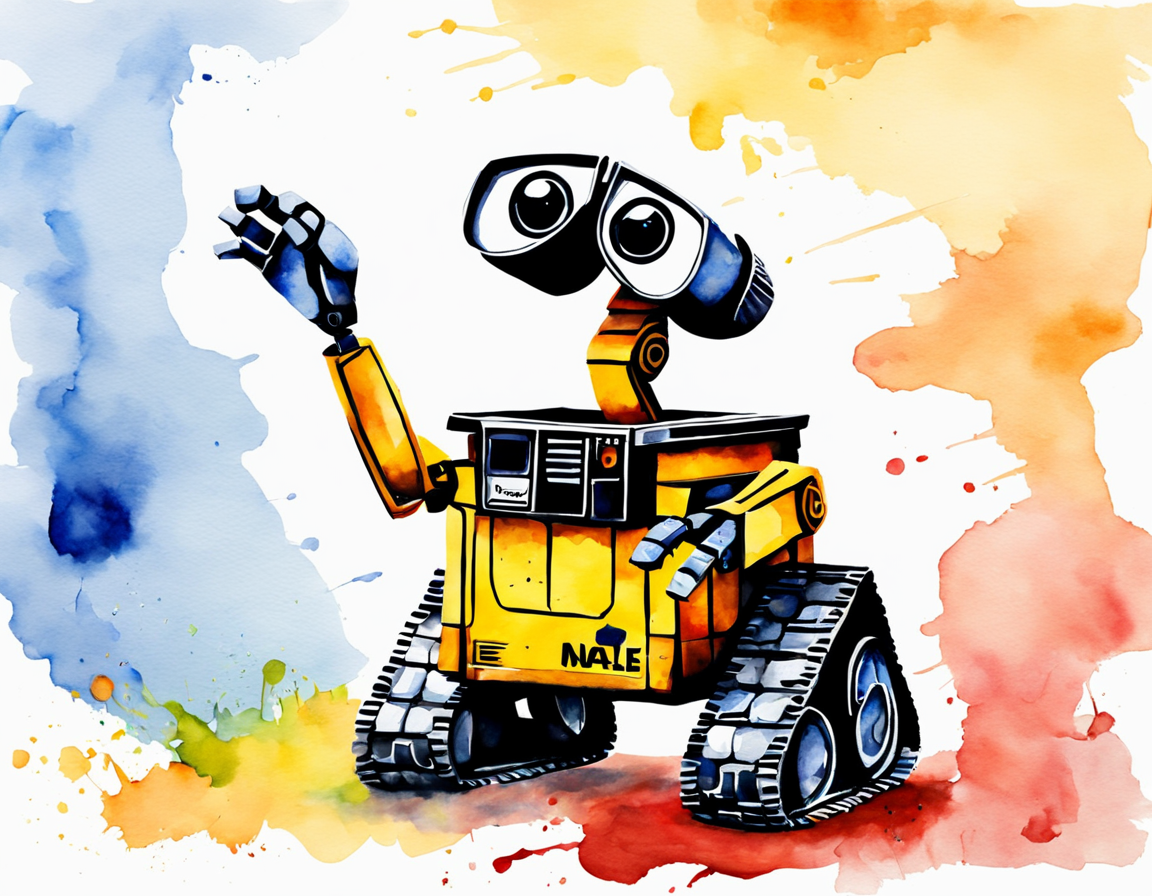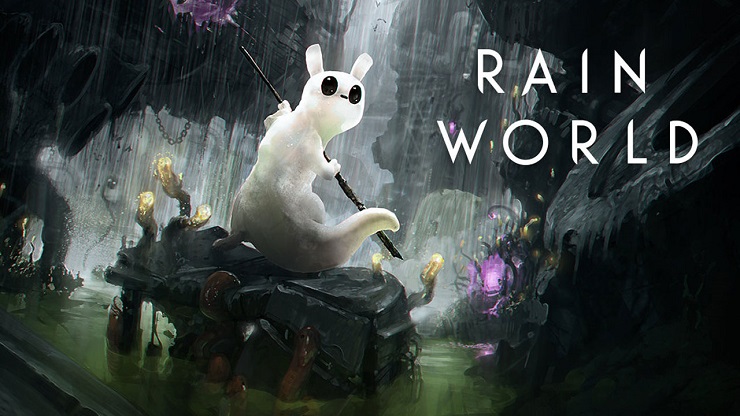Creative Bot Bulletin #5
By Yorick van Pelt
A NOTE FROM THE EDITOR
Hi everyone. Time for another issue of our "monthly" newsletter,
slightly delayed by some holidays and two conferences. To compensate,
I selected the best content from the past two months.
---Yorick
Featured

(Pictured: WALL-E in watercolour style by SDXL)
SDXL and Fooocus
A new version of Stable Diffusion, SDXL, was released on July 26th. I
finally got around to trying it out using the Fooocus
GUI by
ControlNet author Lvmin
Zhang. This UI is full of tricks that minimize the amounts of knobs that
you have to touch to get good results, so you can focus on writing the
text prompts. Above: "Wall-E" in the watercolour style. As you can
see, it can almost do text, which the older versions were terrible at.
For now, Fooocus only does the basics (but very well). For more advanced
usage (inpainting, finetuning, controlnet), I recommend
ComfyUI.
Generative AI
Gemini
Google has been training models (called Gemini) that are rumored to beat GPT-4, and will release them sometime near the end of this year. There was a popular article by the blog SemiAnalysis about the growing divide between the companies with enough GPUs and the rest of the world focusing on optimizing their code to run on scarce hardware.
The prediction markets aren't convinced that Gemini will beat GPT4 this year, but it seems likely that they'll keep at it and beat OpenAI next year.
Other uses than language
One of the papers that caught my attention is "Transformers are Universal Predictors", in which the researchers fed other things than language into Large Language Models to see if they could work with that. One of the things they tried was balancing an inverse pendulum, and it seems to work. My conclusion is that LLMs might be a viable approach to predicting arbitrary time-series data.
Multiple agents working together

Something that's old by now (May 2023!) is the paper Generative Agents:
Interactive Simulacra of Human
Behavior.
Researchers simulated an entire village of people using LLMs, which
certainly isn't cheap to run, but provided some very interesting
results.
More recently, work on collaboration between multiple LLMs has picked
up, a good summary can be found in last month's MetaGPT
paper.
This also prompted me to look more into the AI Agent ecosystem, but I'm just getting started there. Stay tuned for more!
Video Games

Rain World
From wikipedia: This is a survival platform video game from 2017.
From me: The cool part about this game is that all the creatures are
simulated at all times and continue to exist in the world even when
they're not on screen. They're driven by a learning AI that follows
simple rules, rather than scripted actions, and turns it into complex
behavior.
Datakami news
Yorick's going fulltime
Great news! I started working on Datakami full-time on September 1st.
I'm curious to see what can be done with twice as much time.
Blog post: A first look at Claude
Judith published a
review of
Anthropic's Claude on our blog, comparing it against GPT-4 and
highlighting some of its capabilities.
Mastodon presence
Judith has been trying out and talking about some recent software
projects on Mastodon, follow her at
@jd7h@fosstodon.org.
Llama-Index tutorial at PyData Amsterdam
Judith and I hosted a
tutorial on using
llama-index at PyData Amsterdam, a Python library for building and
querying custom indices. Materials are available on
GitHub. Let
us know if there are any other workshop topics you would like to see
from us at future events!
Lecture at Oyfo on October 2nd
Judith will be giving a
lecture
on AI at the Oyfo Technical museum in Hengelo on October 2nd. Come by if
you're in the area!
Thank you for reading! If you enjoyed this newsletter, consider forwarding it to a friend. Follow us on LinkedIn for more frequent updates.
More like this
Subscribe to our newsletter "Creative Bot Bulletin" to receive more of our writing in your inbox. We only write articles that we would like to read ourselves.